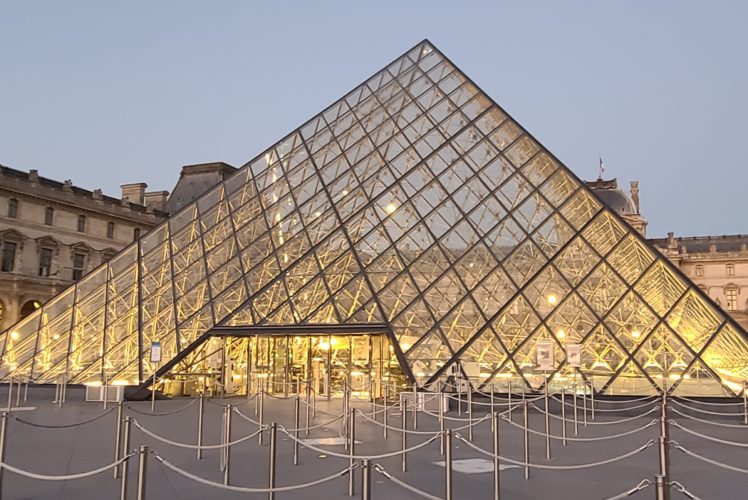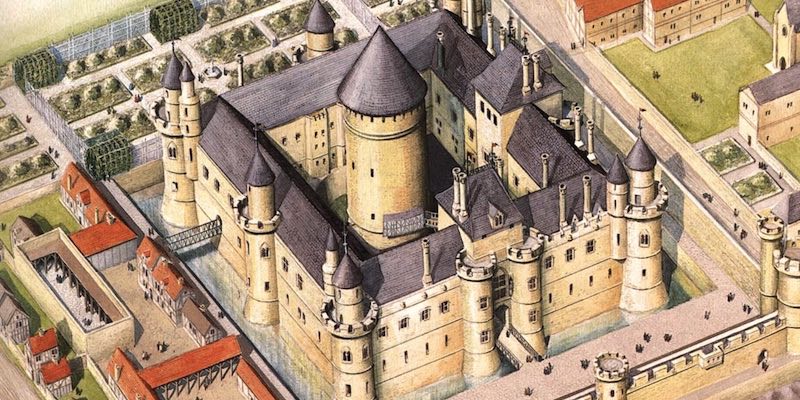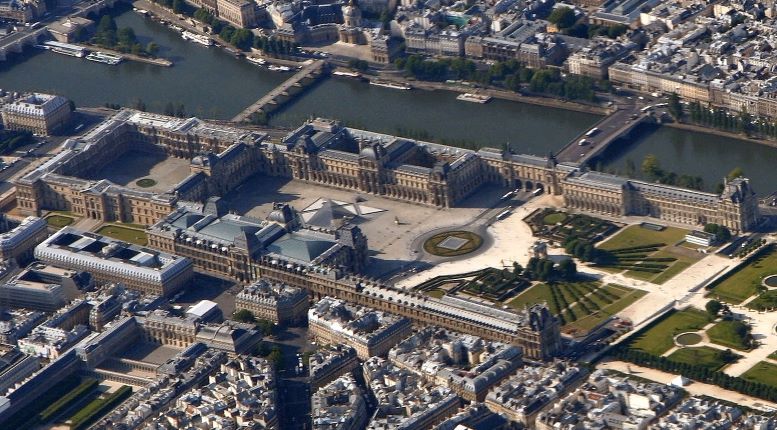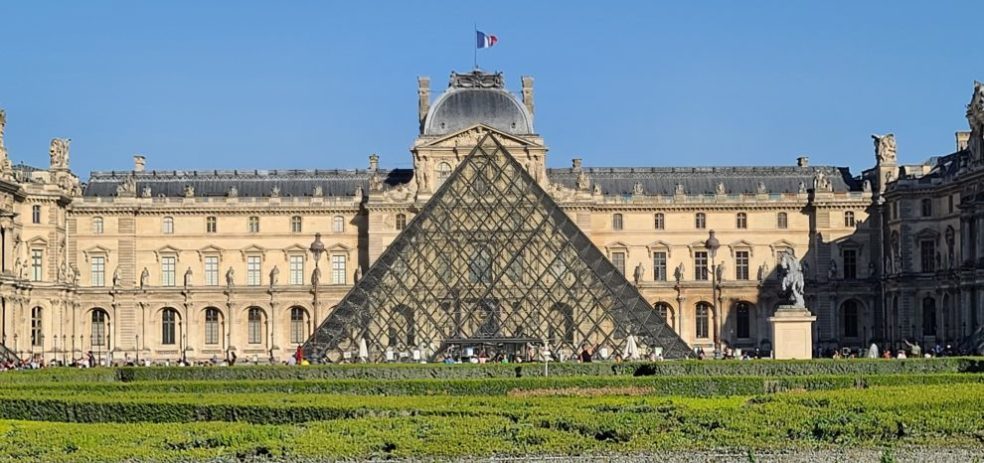The Louvre, more than just an Art Museum

The Louvre, located in Paris, France, is more than just an art museum. It is one of the world’s most well known art museum and a historic monument. The building’s history spans over eight centuries and reflects the cultural and political changes that have shaped the city and the nation. The museum today showcases a vast collection of art and artifacts from all over the world with many magnificent pieces, some as old as 8000BC.
The History of the Louvre
From Fortress to Palace
The origins of the Louvre can be traced back to the late 12th century. King Philip II of France ordered the construction of a fortress in 1190, after the Siege of Paris in 845. The Medieval Louvre began as a fortified structure surrounded by a wall along the right bank of the Siene. It was designed as a fortress to protect the city against Anglo-Norman attacks. Over the following centuries, the Louvre underwent several expansions and modifications under different rulers.

The next significant change to the castle was by Charles V in 1356, during the Hundred Years’ War. The city of Paris increased significantly, so to protect the recent suburbs, a new city wall was expanded and fortified further. During this time, the Medieval Louvre castle was also remodeled and new living quarters were added, along with the addition of a garden. The castle was lavishly decorated and modernized, for that time period, making it comfortable for the King to reside from time to time.
Modernization and Expansion
In the 16th century, during the reign of King Francis I, the Louvre was once again reconstructed and modernized from a medieval fortress to a Renaissance palace. Francis I commissioned the Italian architect, Pierre Lescot, to remodel the Louvre in a more elegant and modern style. Lescot introduced classical architectural elements, including decorative sculptures and columns, which became notable features of the building.
For the centuries that followed, the Louvre underwent many expansions and renovations commissioned by French Monarchs. Throughout the years, more pavilions were built on the north and south sides, extending the Louvre. In addition, construction of the Tuilleries Palace began to the west of the Louvre.
A Palace and a Museum
The most signifcant transformation took place in the late 18th century, during the French Revolution. In 1793, after monarchy was attacked and abolished, the Louvre was converted into a public art museum, making it one of the first museums in the world open to the general public. Art and artifact collections expanded rapidly as artworks from royal and aristocratic collections were seized and brought to the museum.
It was the beginning of the 19th century when Napoleon became Emporer, residing in the Tuileries Palace. During his reign, he renovated many of the spaces and created new galleries. He also completed projects orginally started by Louis XV.
In 1857, Napoleon III finalized the redevelopment of the Louvre and the Tuileries Palace. This included demolishing the neighborhoods separating the Louvre from the Tuileries Palace and connecting the structures making the Louvre a large enclosed square. A much larger structure than the original fortress on the east side.
Destruction happens in 1871 and Tuileries Palace was burned and destroyed. Years later in 1883, the Tuileries ruins are demolished and the expansion of the gardens outside the ruins begins. The Flore and Marsan pavilions, next to the ruins, were rebuilt and restored.
The Grand Louvre Project
The next most important developments to the Louvre came in the 1980s and 1990s when President François Mitterrand launched the Grand Louvre project. The centerpiece of this project was the construction of a glass pyramid designed by the renowned architect I.M. Pei. In March of 1989, the entire building was opened to the public. Today, the pyramid is used as the main entrance of the museum. More importantly the Louvre it serves as the iconic architectural symbol of the city of Paris.


Conclusion
Today, the Louvre is not only known for its historical significance but also for its extensive art collection. The Louvre collection spans thousands of years and includes masterpieces such as the Mona Lisa, the Winged Victory of Samothrace, and the Venus de Milo. The museum attracts millions of visitors each year, making it one of the most visited museums in the world and a cultural icon of France.
2 Comments